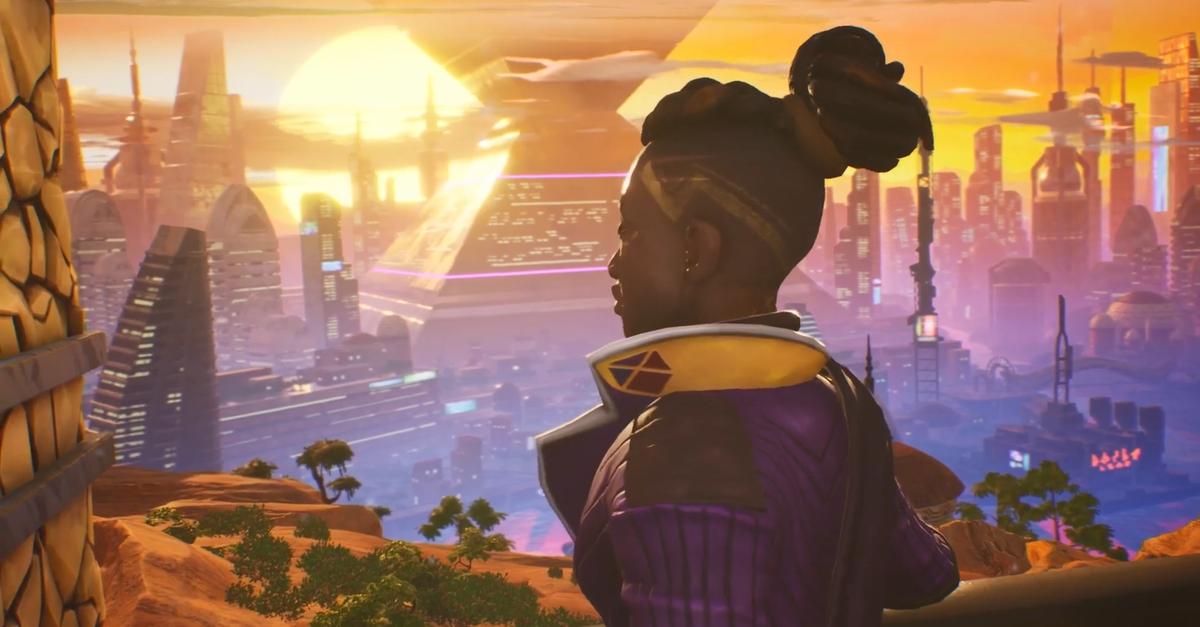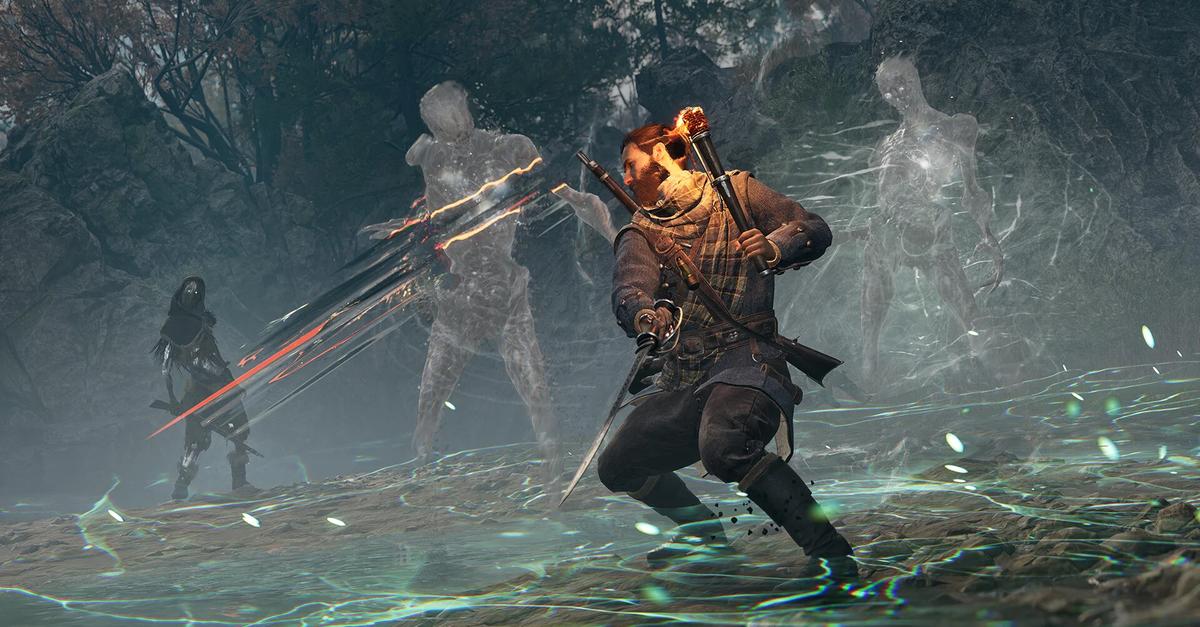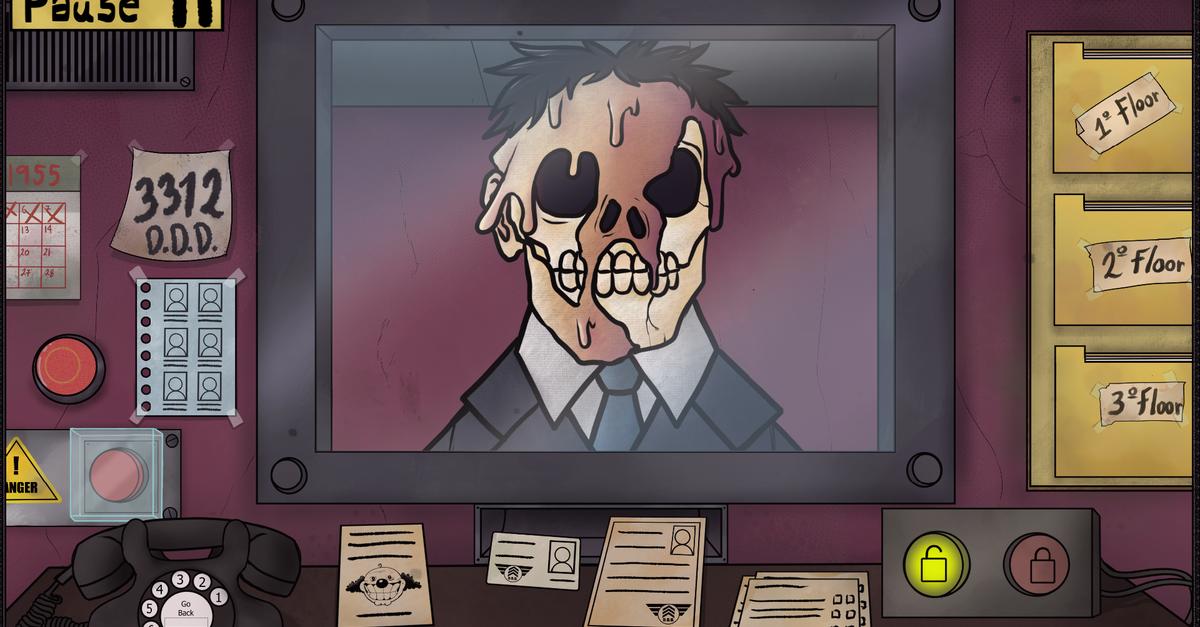"That's Not My Neighbor": The Ultimate Beginner's Guide
If you suspect your seemingly friendly visitor is not who they claim to be, you might just be playing "That's Not My Neighbor". This indie horror game, developed by Nacho Sama (Ignacio Alverado), has taken the internet by storm with its intriguing concept of distinguishing between Neighbors and their Doppelganger imposters. Here's everything you need to know to get started, navigate through the game, and ensure your survival.
Downloading and Setting Up the Game
"That's Not My Neighbor" is not available on standard app stores or game launchers due to its indie status. It can be purchased and downloaded from the itch.io platform for $2.99, with an option to contribute more as a donation to the developer. Before diving into the full game, players can check out a free demo to ensure compatibility with their system. Upon purchase, the game can be launched using the provided .exe file, and players are advised to create a desktop shortcut for easy access.
Before You Dive In
Be aware, despite its cartoonish art style, "That's Not My Neighbor" is a horror game and includes elements designed to provoke fear, such as trypophobia triggers. Fortunately, there's a setting to disable these triggers for a more comfortable playing experience.
Gameplay Mechanics: How to Play
As a security guard for the Doppelganger Detection Department (D.D.D.), your job is to identify Doppelgangers trying to infiltrate your building. This involves scrutinizing visitors using various tools at your security station:
- Rotary Phone
- Three File Folders containing resident information
- Checklist and List of Approved Visitors
- Observation Window and Document Slot
Visitors must present a valid photo I.D. and Entry Request Form, and their names should appear on the list of expected visitors for the day. Your tools also include a calendar, door lock buttons, and an emergency number for the D.D.D.
Key Gameplay Features
Visitor Verification: Match the visitor's details with the information provided in their documents and the resident files. Any discrepancies might suggest you are dealing with a Doppelganger.
Handling Documents: Check the accuracy of I.D.s and Entry Request Forms. Pay attention to details like names, I.D. numbers, expiration dates, and the presence of the D.D.D. logo.
Daily Visitor List: This is crucial for confirming that the person at your window is expected. Doppelgangers may attempt to impersonate someone already inside.
Using the Phone: Verify a visitor’s status by calling their apartment. This step is essential when discrepancies arise or when documentation is missing.
Tips for Identifying Doppelgangers
- Doppelgangers may have slight differences in appearance from their Neighbor counterparts, such as eye color or hairstyle.
- Always double-check appearances against the image in the Neighbor's file and the Daily Visitor List.
- Be skeptical of perfectly matching I.D. photos with the person in front of you if discrepancies exist elsewhere.
- Use the checklist to methodically question and verify each visitor's details.
- Implementing security measures like locking the door immediately after admitting a Neighbor can prevent unauthorized entries.
Endgame and Scoring
Your performance is evaluated at the end of each round, with rankings from 'S' (highest) to 'F' (lowest). Achieving both the highest and lowest ranks at least once will unlock specific achievements, adding to the game's replay value.
In Conclusion
"That's Not My Neighbor" offers players a unique blend of horror, mystery, and strategy, making it a standout indie game. By carefully using the tools provided and honing your detective skills, you can protect your building from the Doppelganger threat. Whether you're a seasoned gamer or new to the scene, mastering the art of Doppelganger detection is both challenging and rewarding.









Leave a comment